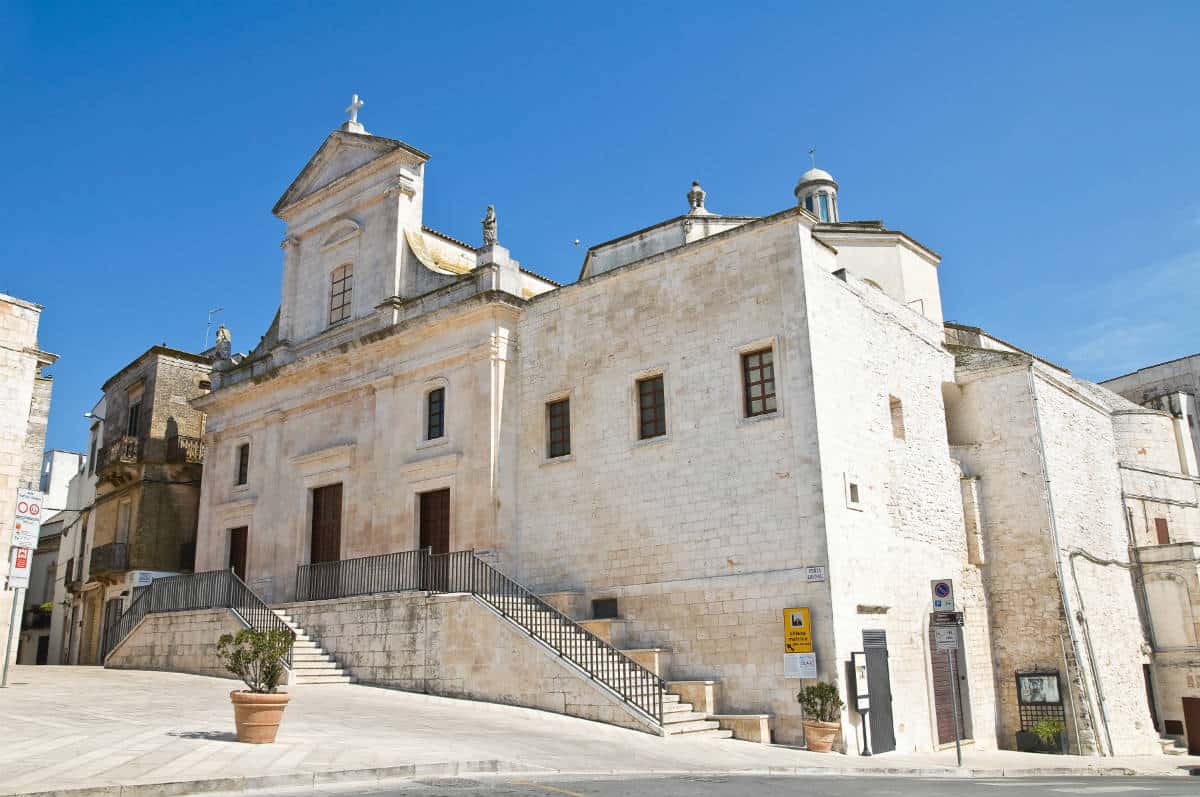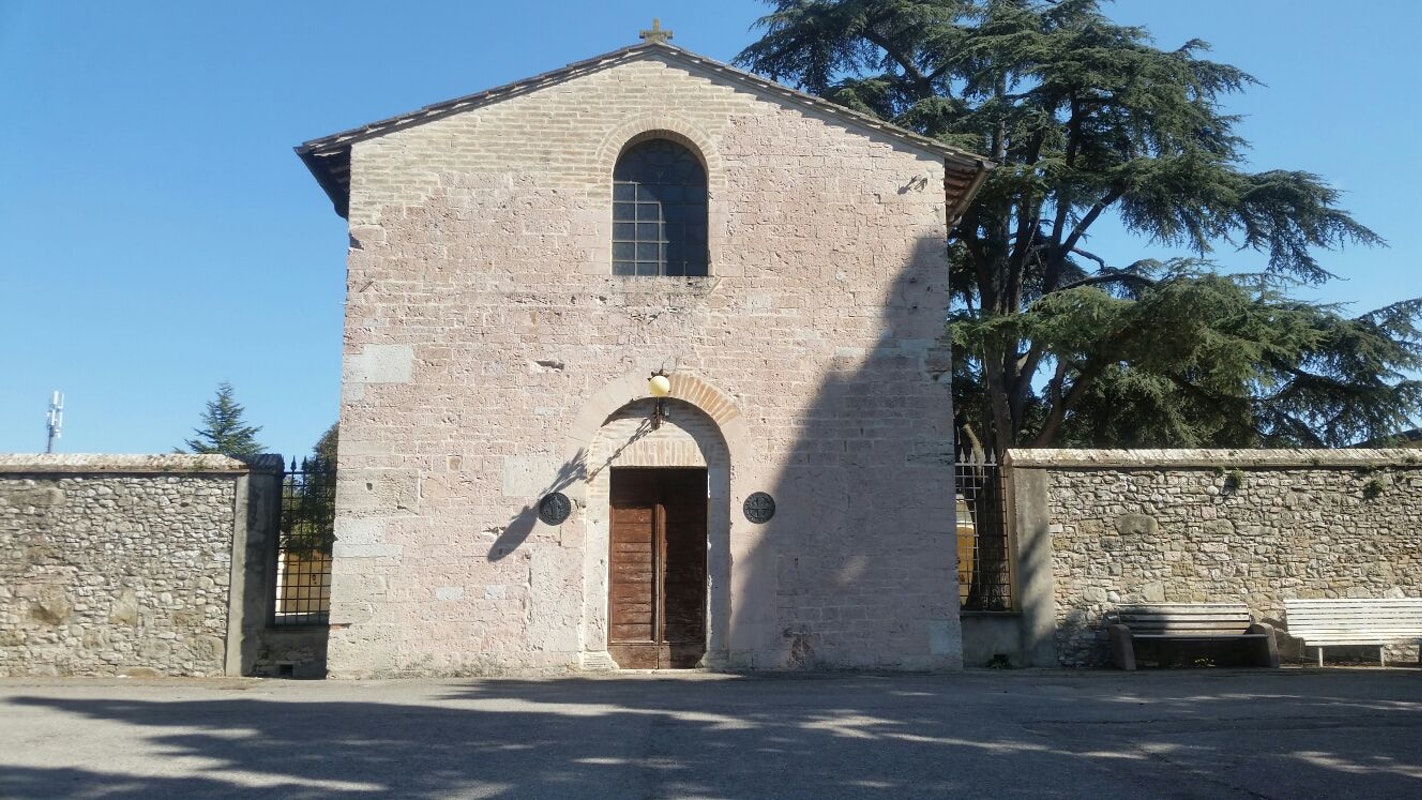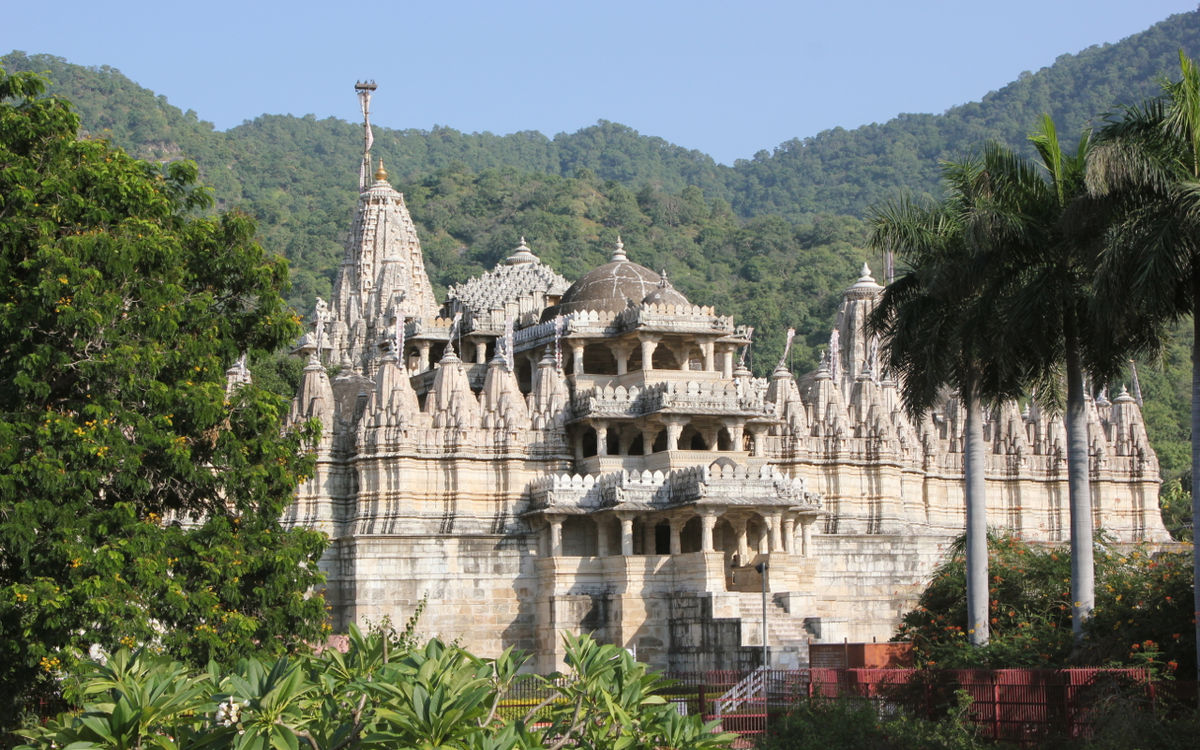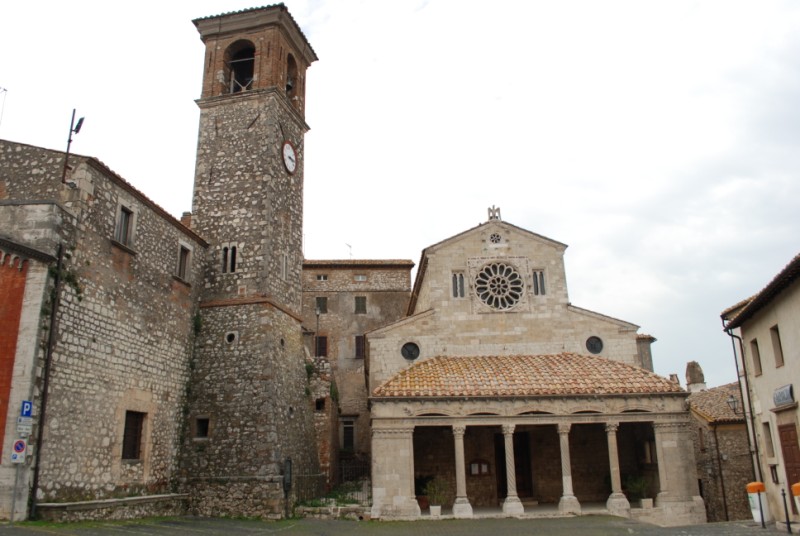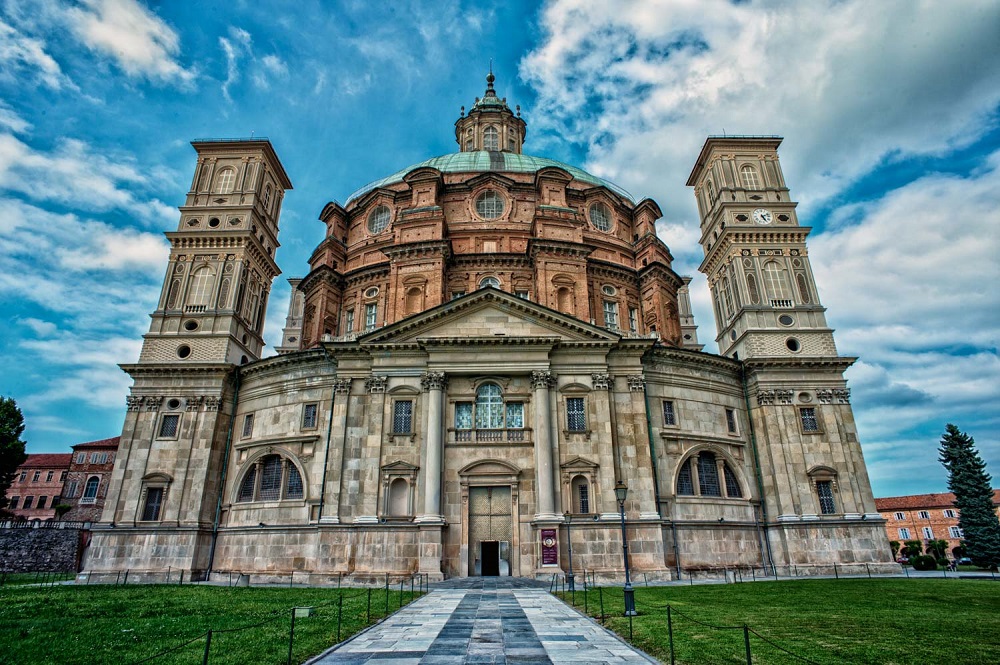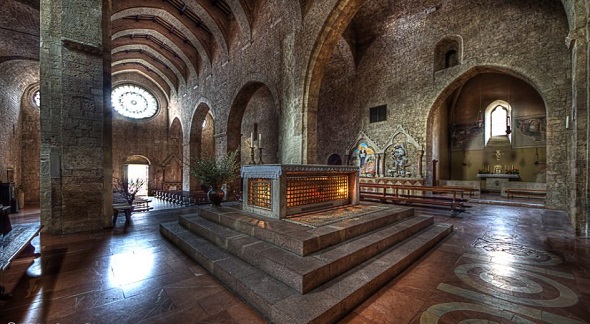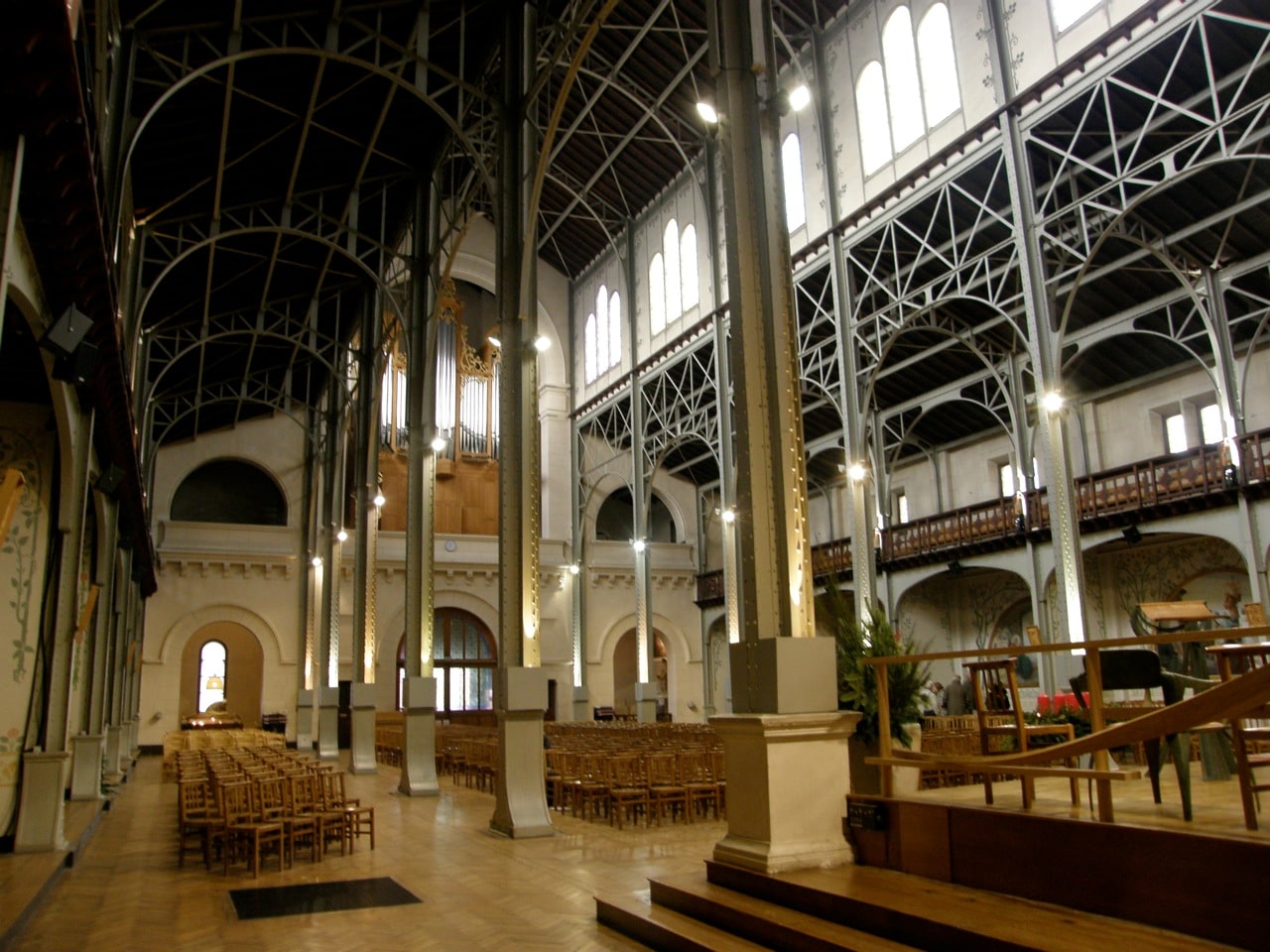Over time, the building has undergone modifications and renovations, which have altered its primitive medieval appearance. The facade, for example, of neoclassical taste, was erected around 1848 demolishing the previous one, of Romanesque inspiration. It is composed of a very high triangular fastigium and a central walled niche, surmounted by a lunette. On the upper corners are the statues of two saints in prayer. Below the lintel, in the lower part, there are three simple portals that echo the linearity of the four pilasters that divide the façade.
The interior layout has three naves, marked by columns with stone capitals that still retain the ancient medieval imprint. In the right aisle there are two chapels with domes. The first is that of the Rosary with a sculpture of the Imago pietatis attributed to the school of Stefano da Putignano, the second is the chapel of Ss. Sacramento. Between the wall that joins the two chapels there is the most prestigious sculpture of the Apulian Renaissance: the Madonna with Child and Offerers, also known as the "Madonna del Cardellino"(1517).
On the wall of the left aisle there are traces of paintings; one depicts the Madonna of Constantinople in the middle of St. George and St. Catherine of Alexandria, the other, the figure of a Madonna with a very slight sign, the rest of the fresco has been lost. On the high altar stands the wooden statue of St. Nicholas. The sacristy is also a treasure chest of works of art of interest; the wooden bas-relief of the Madonna della Madia and the canvas of Saints Quirico and Giulitta by Barnaba Zizzi, a painter from Cisternino.
